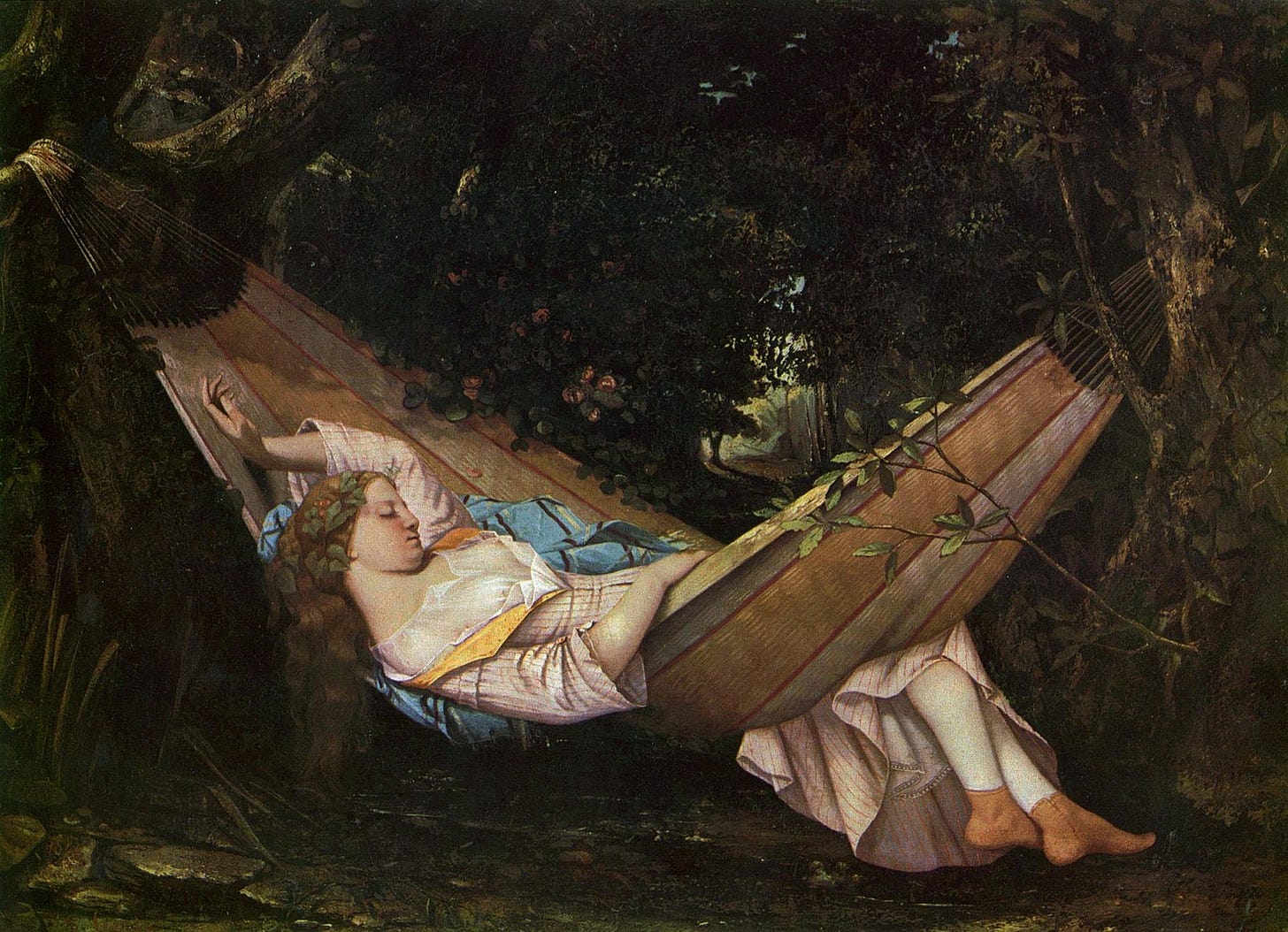If something’s worth writing, it’s almost certainly worth rewriting. One of the first lessons I learnt as a travel journalist in the 1990s was that if you got a commission to write about a trip from one magazine or newspaper, it was also a smart move to pitch something along similar lines to another one. That’s not to say you’d offer exactly the same subject, but a few days in, say, Edinburgh, is probably going to give you enough material for several stories.
Having said that, there are some things I’ve hardly had to rewrite at all to sell on. I spent the summer after my first year at university in Morocco and for the next decade must have written at least half a dozen articles about how to haggle for various publications. I must stress that they were not identical, but they were at least kissing cousins (if you’re a commissioning editor, I can get 500 words on it to you within an hour).
Another one was on siestas, a subject that is very timely in this soaring heat. I first wrote about them in the late 1990s when I was working on a magazine in Madrid, and have fiddled about with the same topic fairly regularly every since. This seems the right moment to wheel out another incarnation of it, with extra bonus material from my recent book Rooms of Their Own.
Although siestas are starting to disappear even in countries where they have always been very popular such as Spain, what the Nobel-prizewinning Spanish novelist Camilo Jose Cela once described as ‘Iberian yoga’ is by no means defunct.
More importantly, there’s no doubt that an afternoon siesta is good news for your heath. Napping is natural and although the urge to nap isn’t (usually) overpowering, our internal clock is set for two sleeps a day, the main one at night and another in the afternoon between 1pm and 4pm when our body temperature drops slightly. Moreover, studies show mid-afternoon dozes can restore body energy and make us more productive for the rest of the day, as well as enhancing morale. Researchers in a Greek study also found that a half hour siesta three times a week reduced the risk of heart disease, as well as helping people to relax and distress.
What makes a good siesta? The Spanish Holy Roman Emperor Charles V recommended curling up on a good throne holding a heavy iron key. When it clattered to the ground after about 20 minutes, the point when the siesta was threatening to turn into full slumber, it was time to get back to running the known world. For those of us in less palatial surroundings, sleep experts emphasise the importance of keeping our siestas short so as not to interfere with night sleeps. Even if your eyes just won’t close, simply resting is also effective (although Winston Churchill said the only way to make a siesta worthwhile was to take all your clothes off, put on your pyjamas and get right into bed).
Among writers keen on siestas was the creator of Sherlock Holmes, Arthur Conan Doyle who wrote in the study at his home in South Norwood, London. “As to my hours of work, when I am keen on a book I am prepared to work all day, with an hour or two of walk or siesta in the afternoon,” he wrote in an article for The Strand magazine in December 1924. So too was Ian ‘James Bond’ Fleming. He found Jamaica and his holiday bungalow Goldeneye in Oracabessa Bay there particularly conducive to work. He bought the property, complete with private beach and reef, in 1946. From 1952 onwards Fleming travelled to Goldeneye and from January to March worked intensively on a new Bond adventure over an intensive two month period. He admitted that he doubted the books would have been written if he had not been living in what he describe as “the gorgeous vacuum of a Jamaican holiday”.
When Fleming bought Goldeneye it was a simple building, unfussily furnished (Noel Coward described it as looking like a medical clinic) and Fleming worked at an appropriately simple corner desk on a wooden chair with a circular spoked back, pictured here by James Oses in the book Rooms of Their Own.
Nearby, he kept reference books about the region’s flora and fauna, including The Field Guide to birds of the West Indies by an ornithologist with the inspiring name of James Bond. Each morning he would wake up about 7.30am and go for a swim (without trunks) before breakfasting in the garden, usually on his favourite scrambled eggs and Blue Mountain coffee. At around 9am, he then went inside to his study, close the glass-less jalousie windows to ensure he had a cool place to work without the distractions of a beautifully sunny view, and settle down to writing.
Fleming worked on an Imperial typewriter – he said he found typing with six fingers less exhausting than writing by hand - producing 2,000 words every day by around noon. At this point, he headed off for lunch and a siesta, before returning at 5-6pm to continue his morning’s work, with essentially no editing.







I need that heavy key..... 20 mins turns into an hour and much post-siesta discombobulation. But it’s a good thing ... any form of lunch leaves my brain packing up for hours, so I might as well be asleep.... I’m going to take up siestas again: thanks for the inspiration!
I love the idea of a siesta but think I fall too deeply asleep and emerge as if hauled from a well